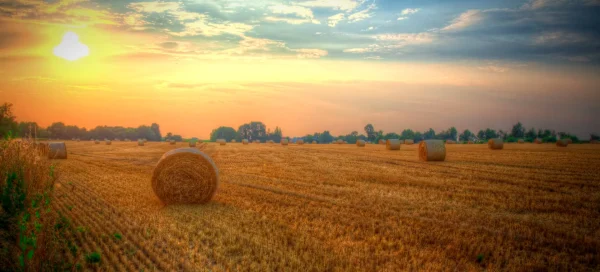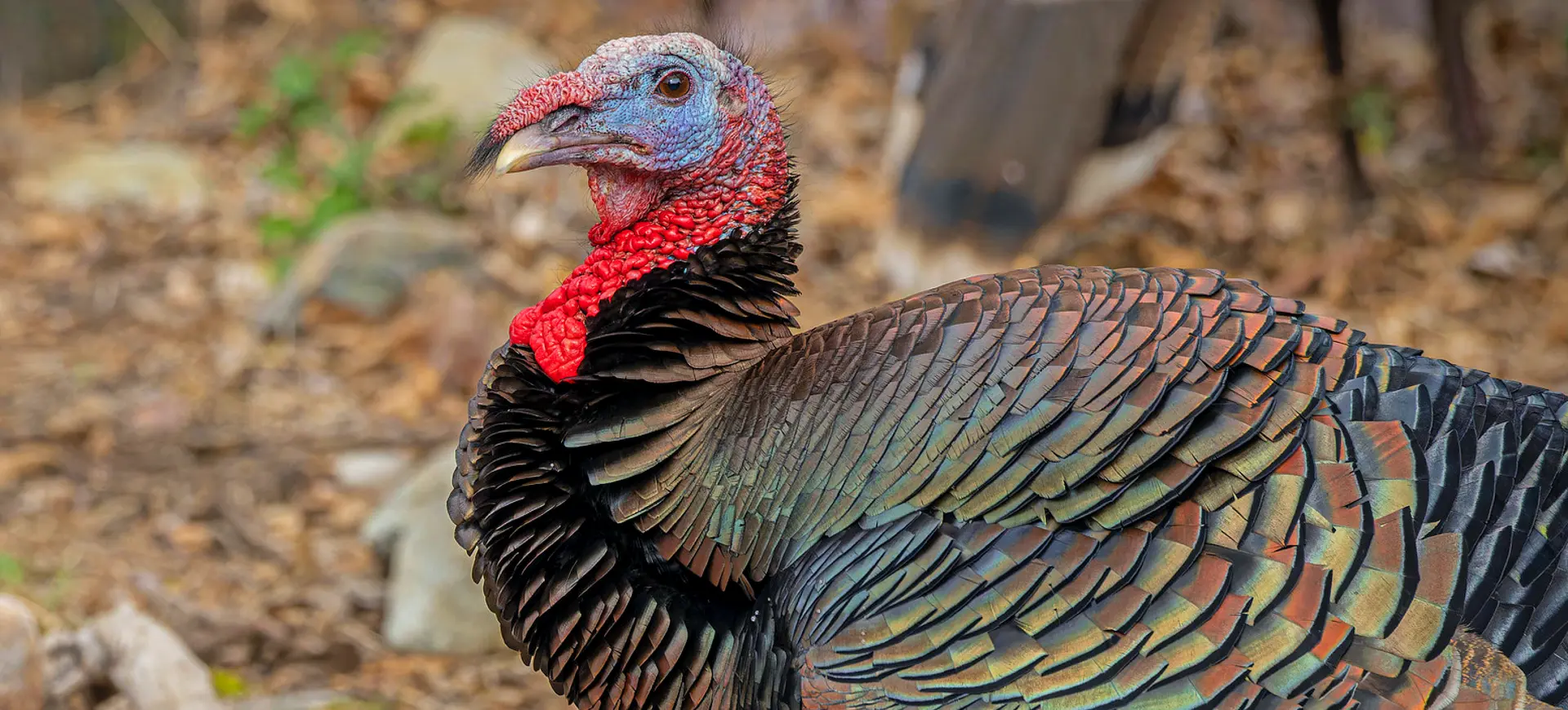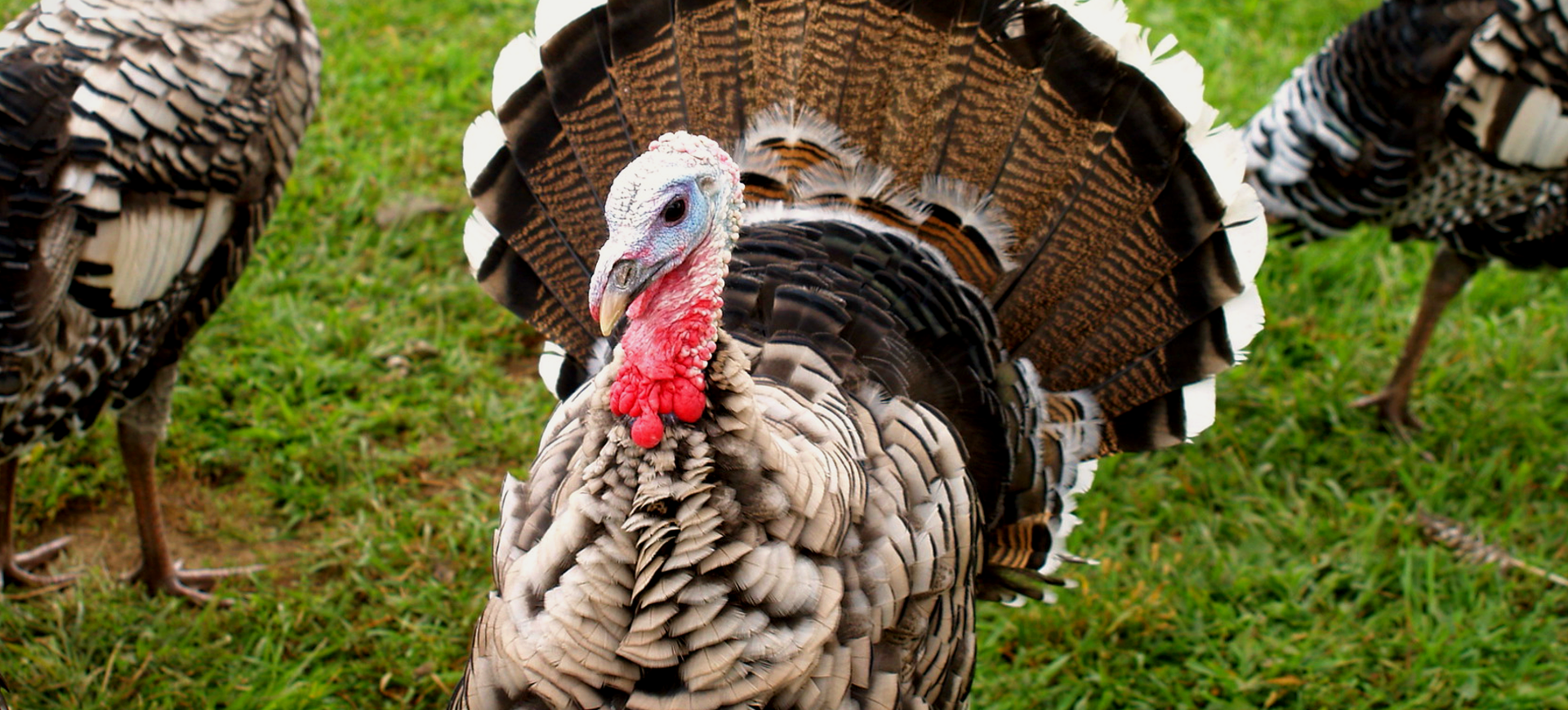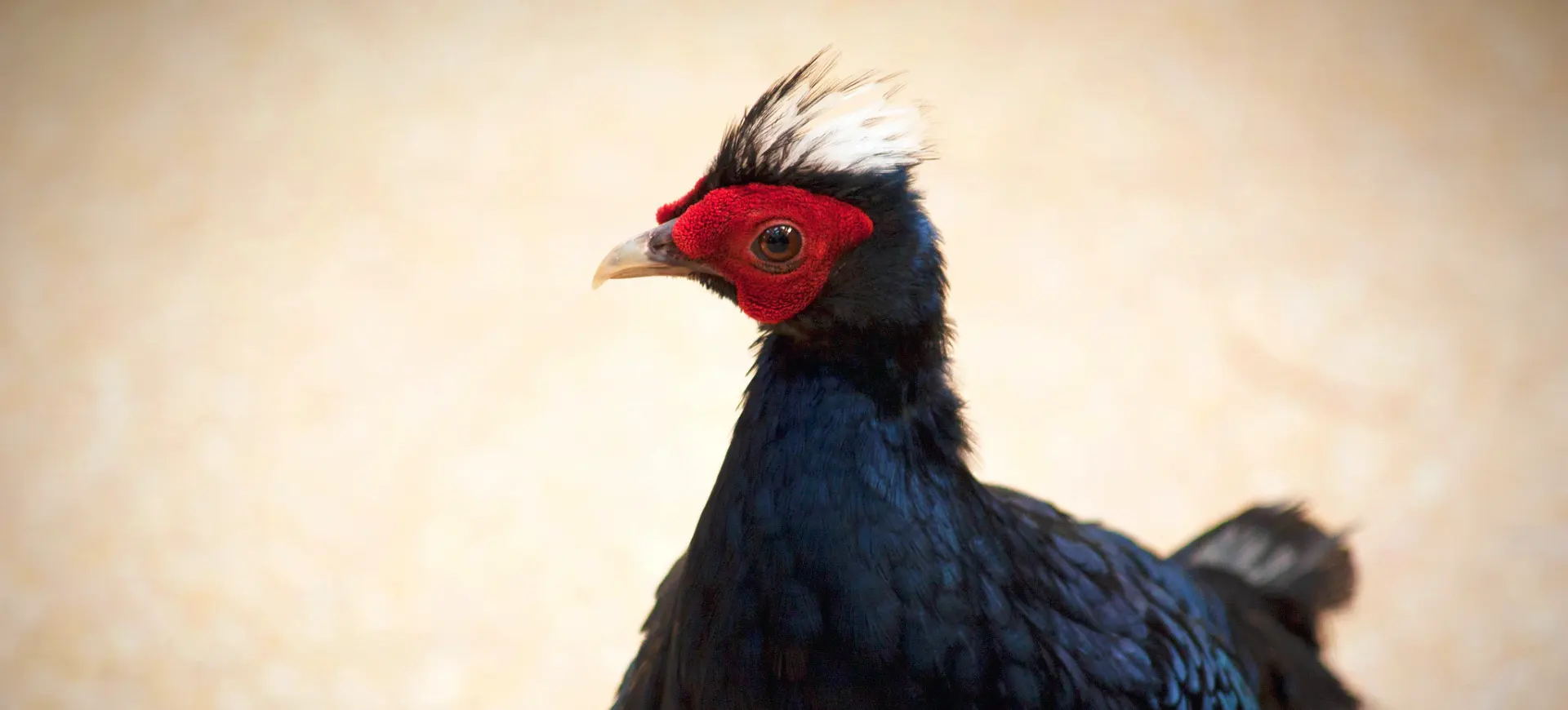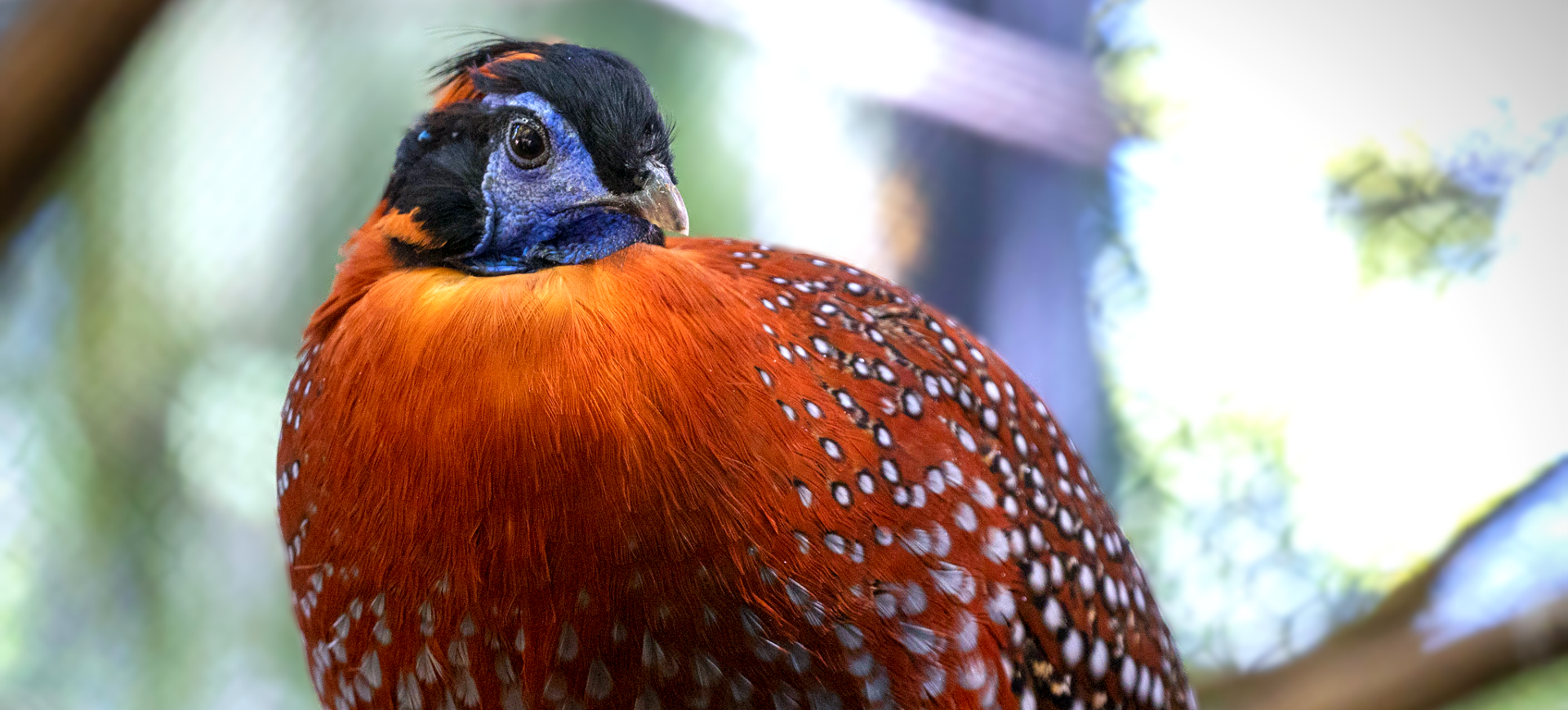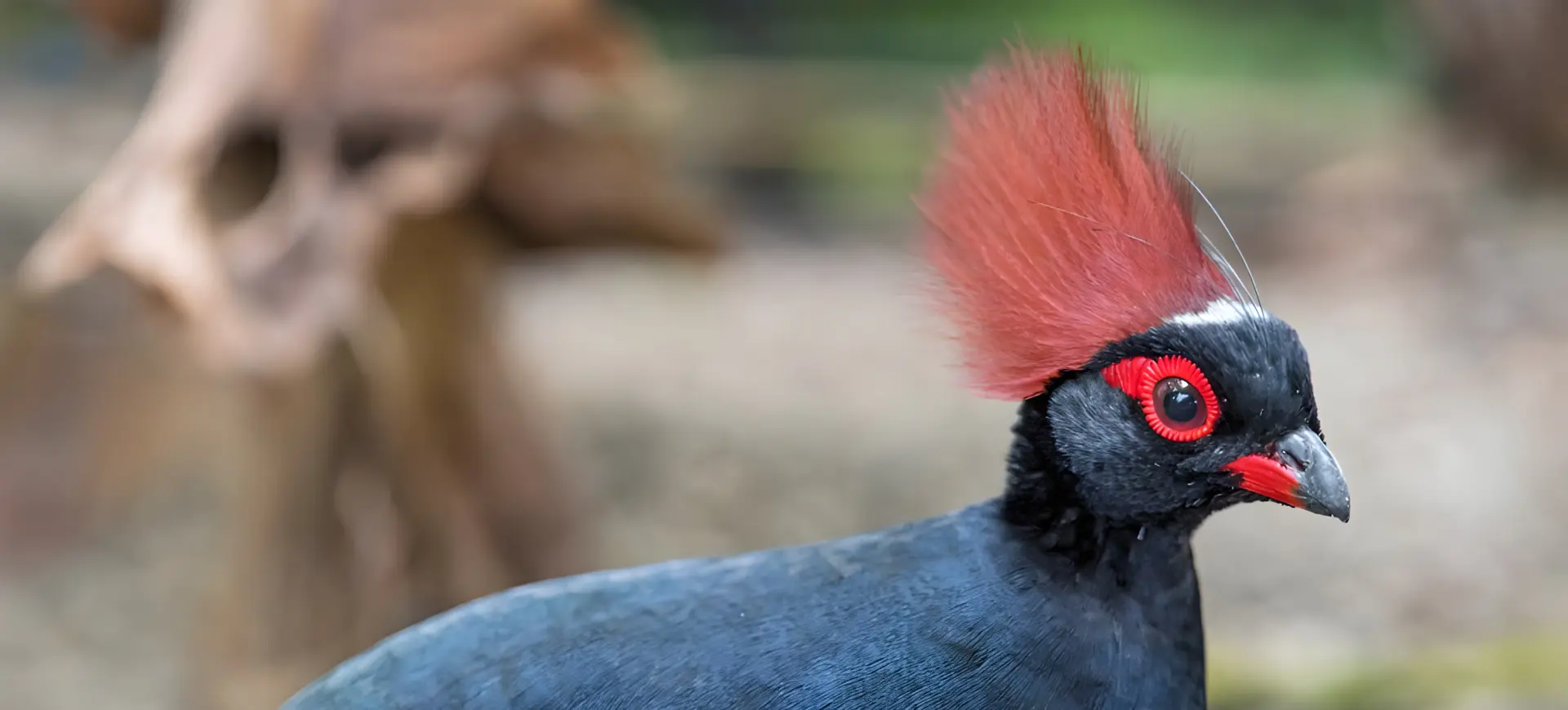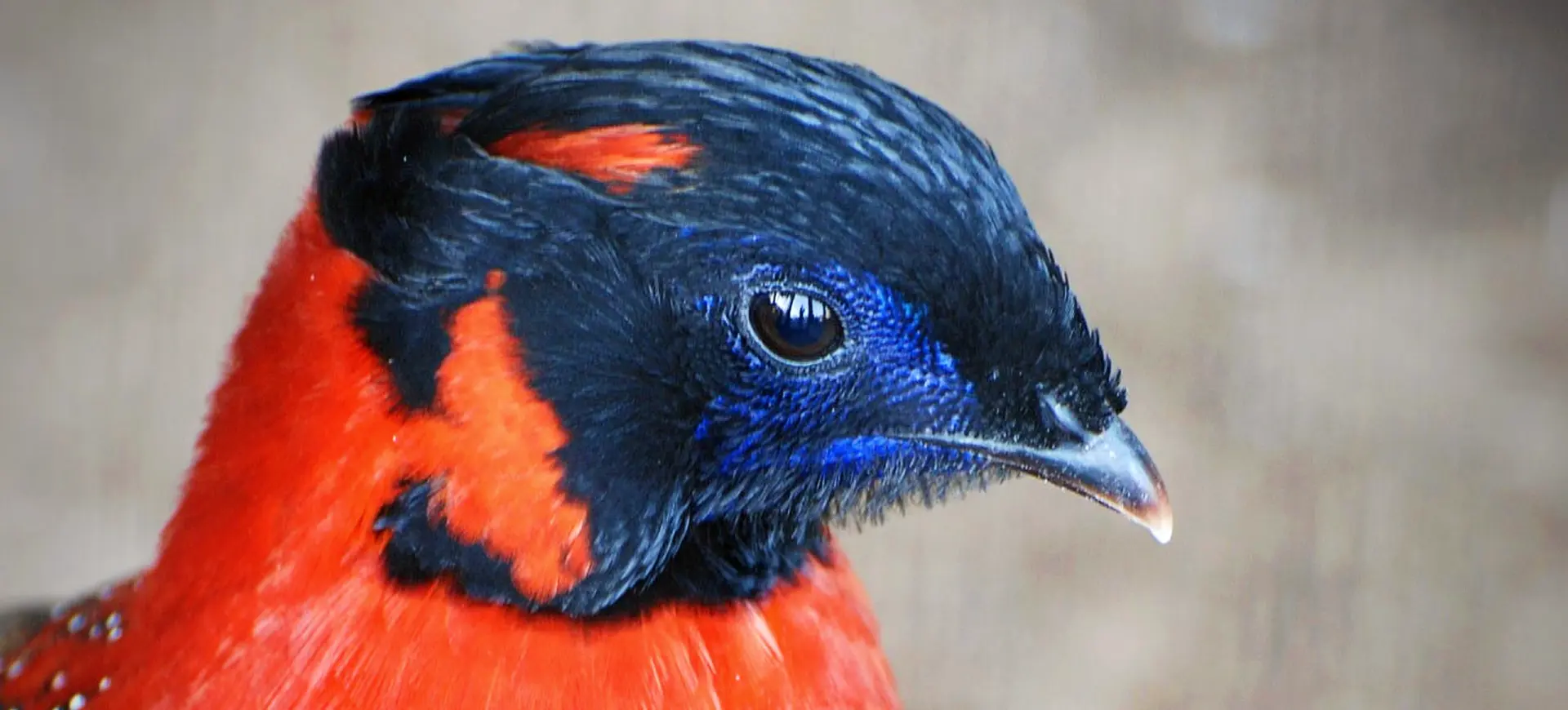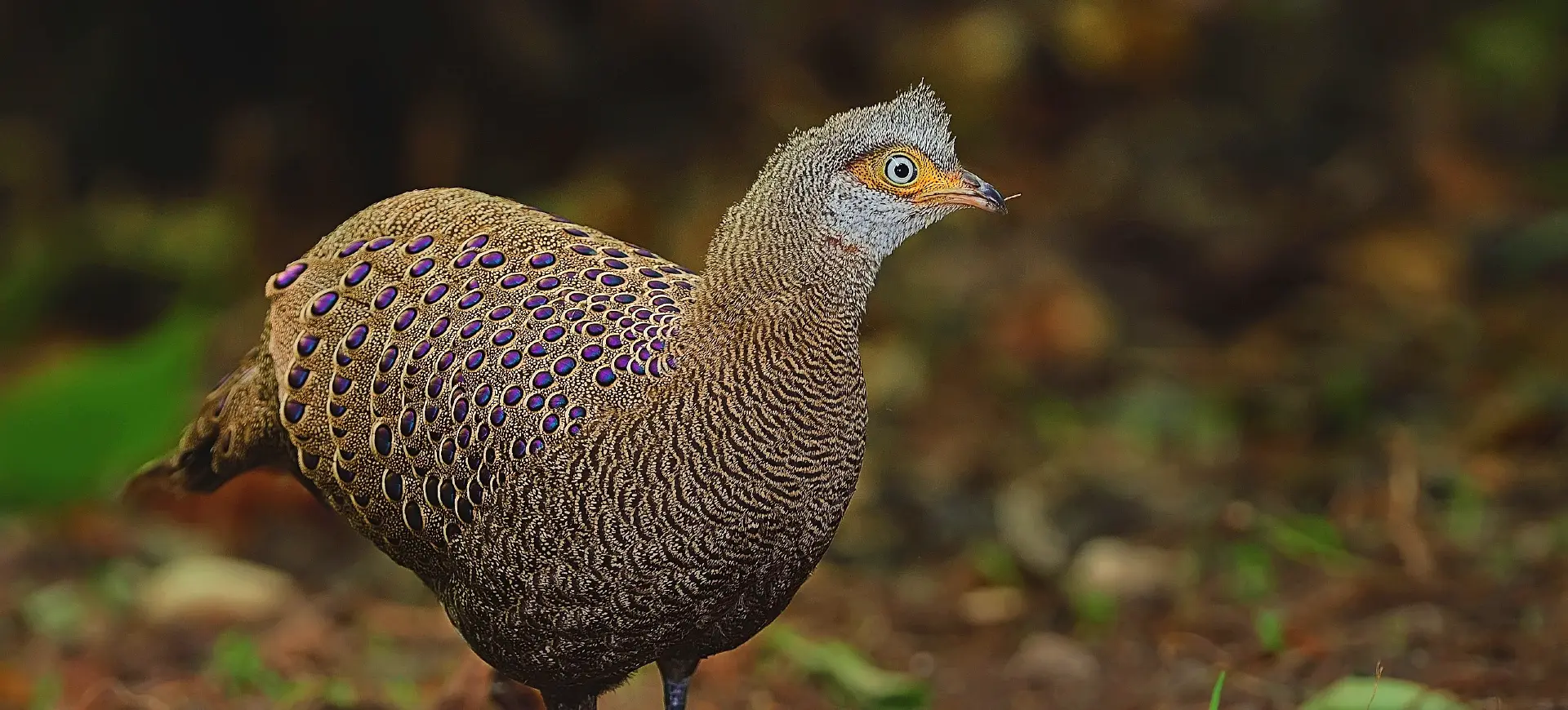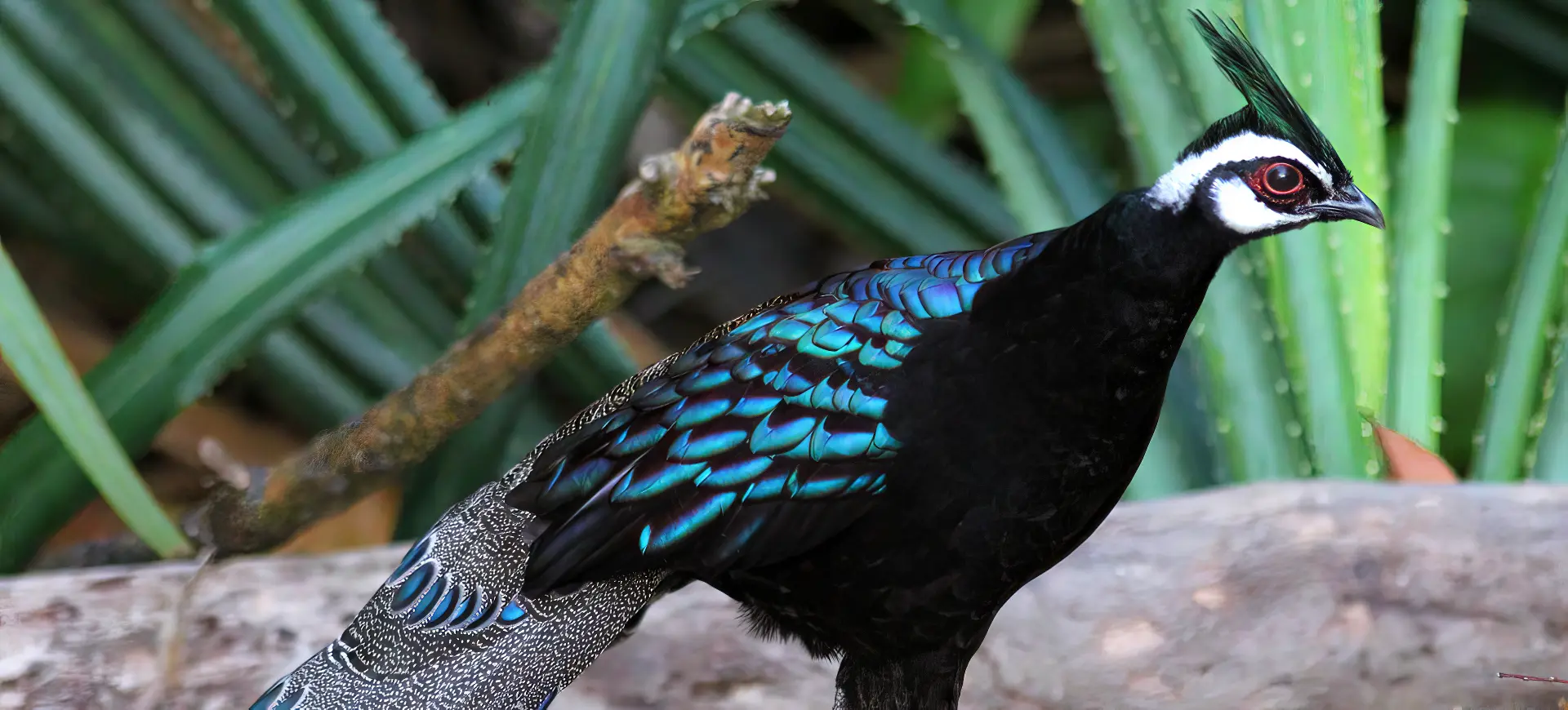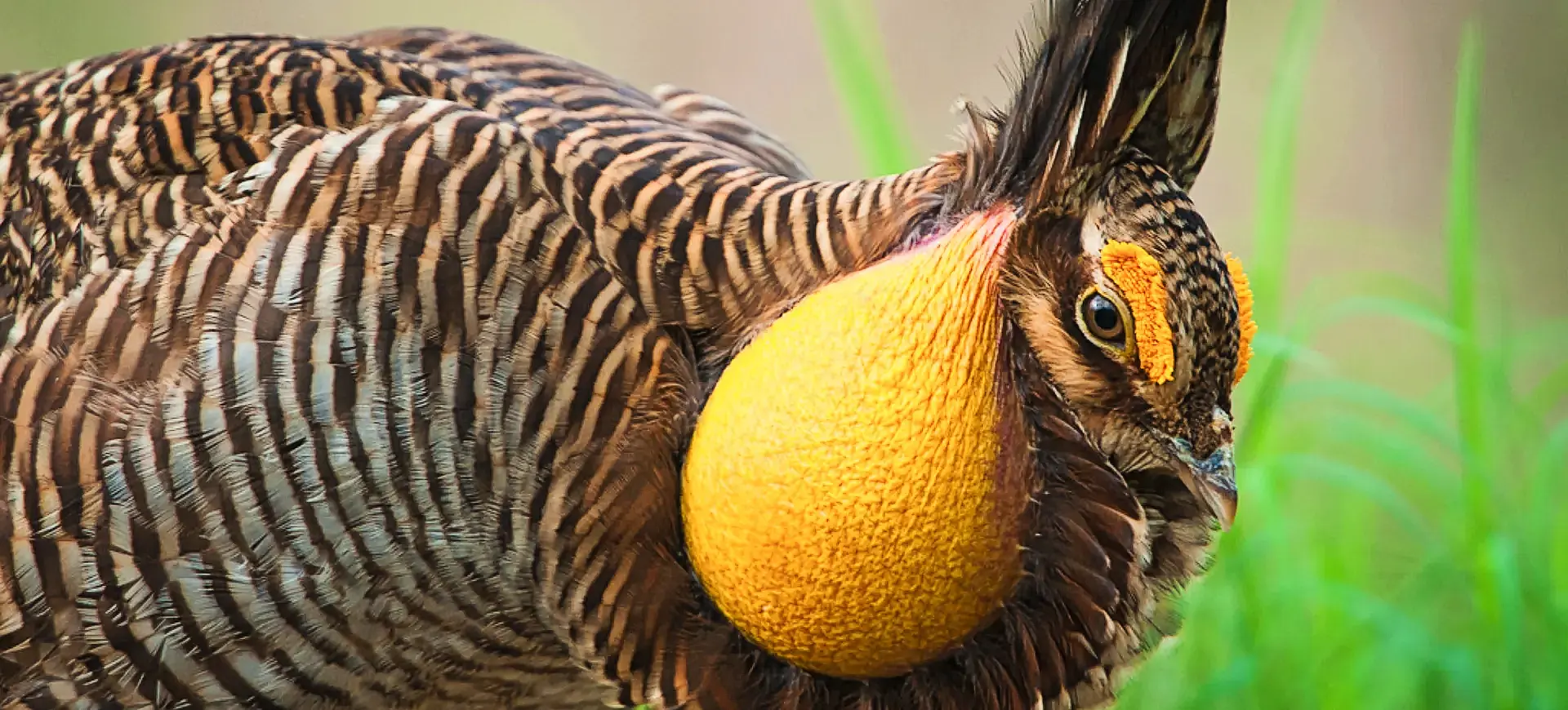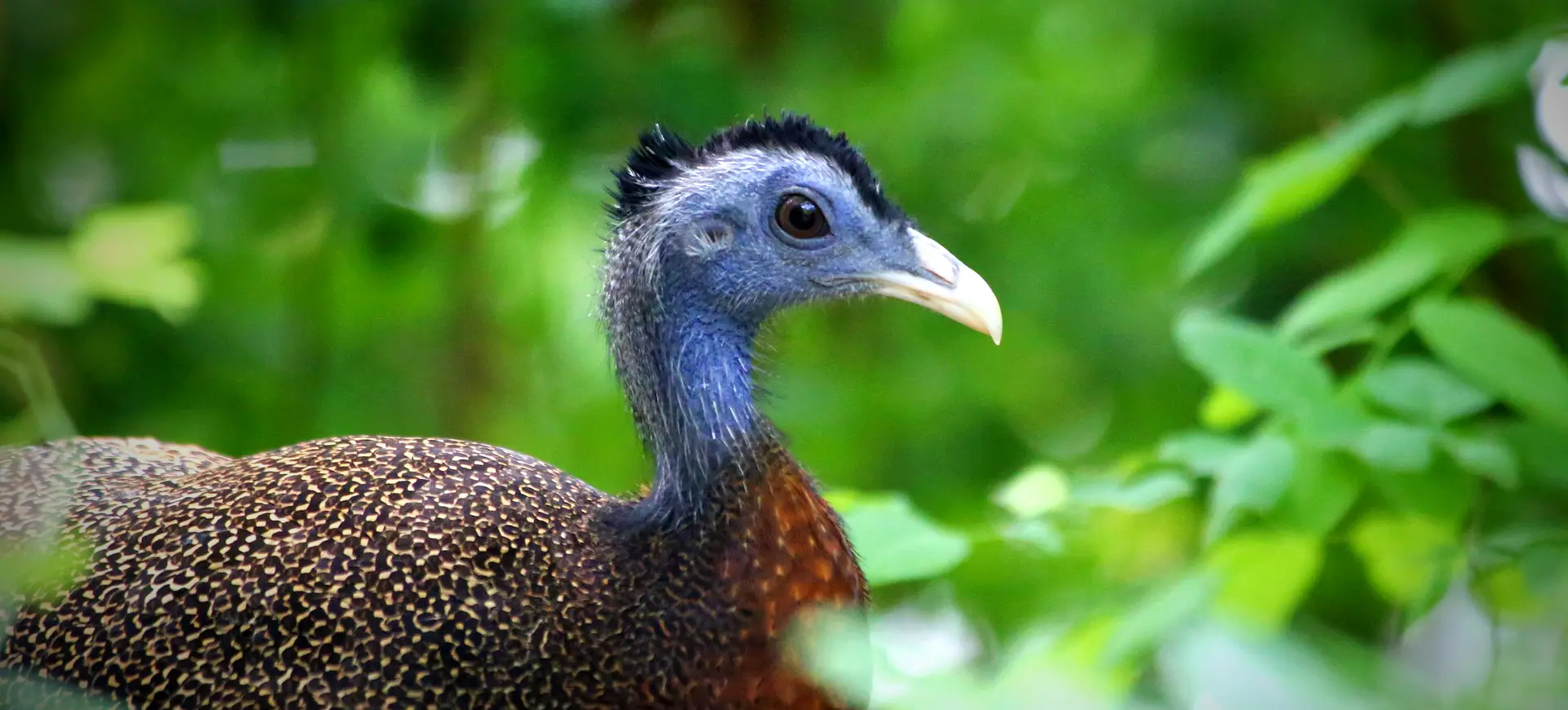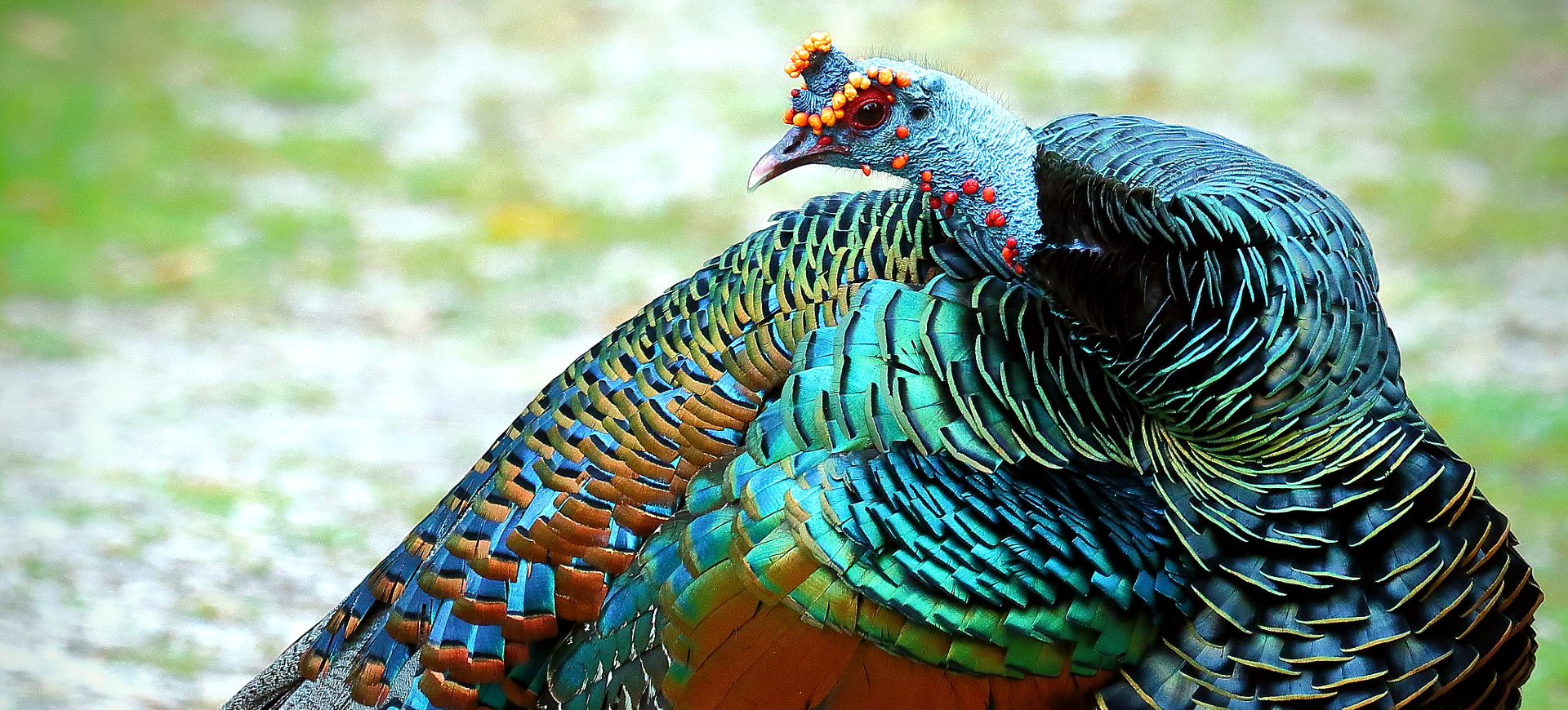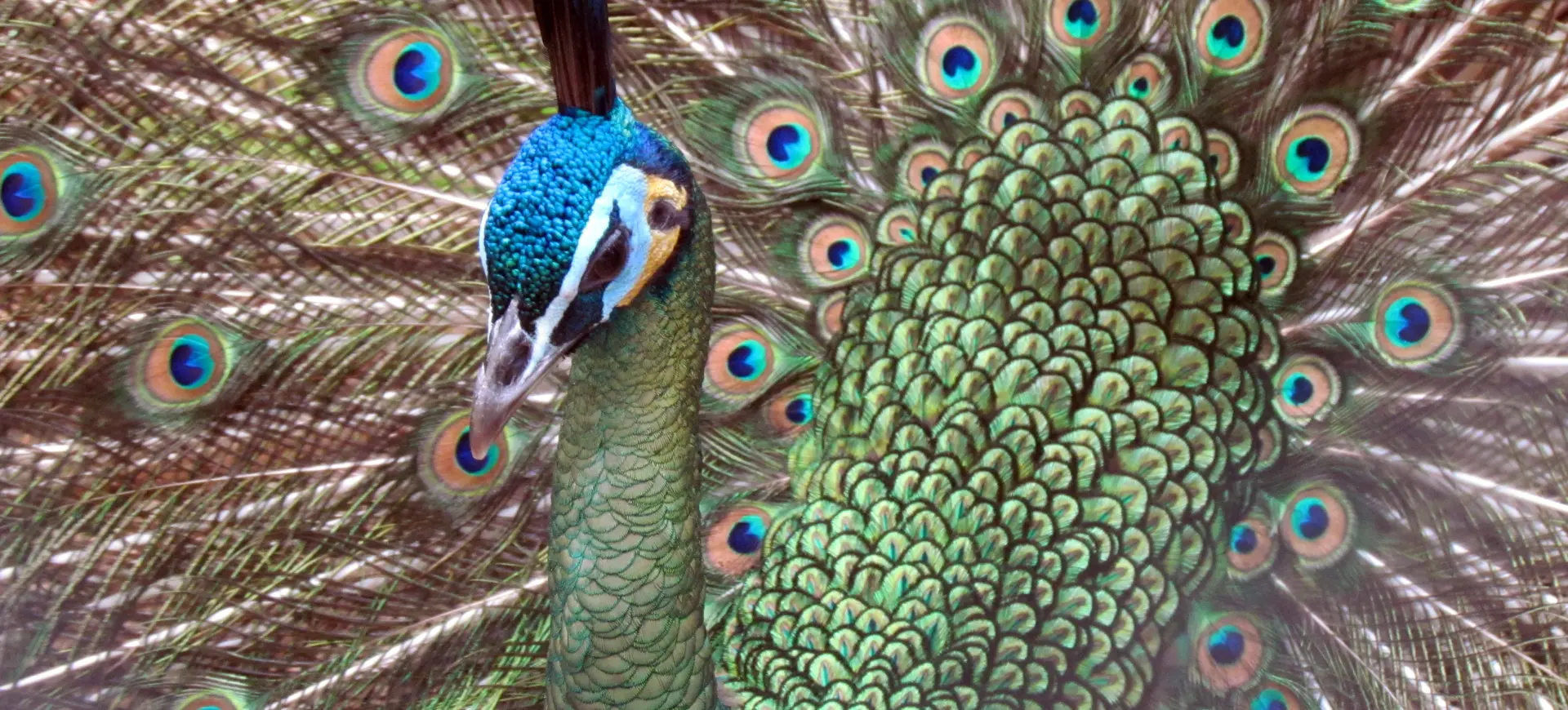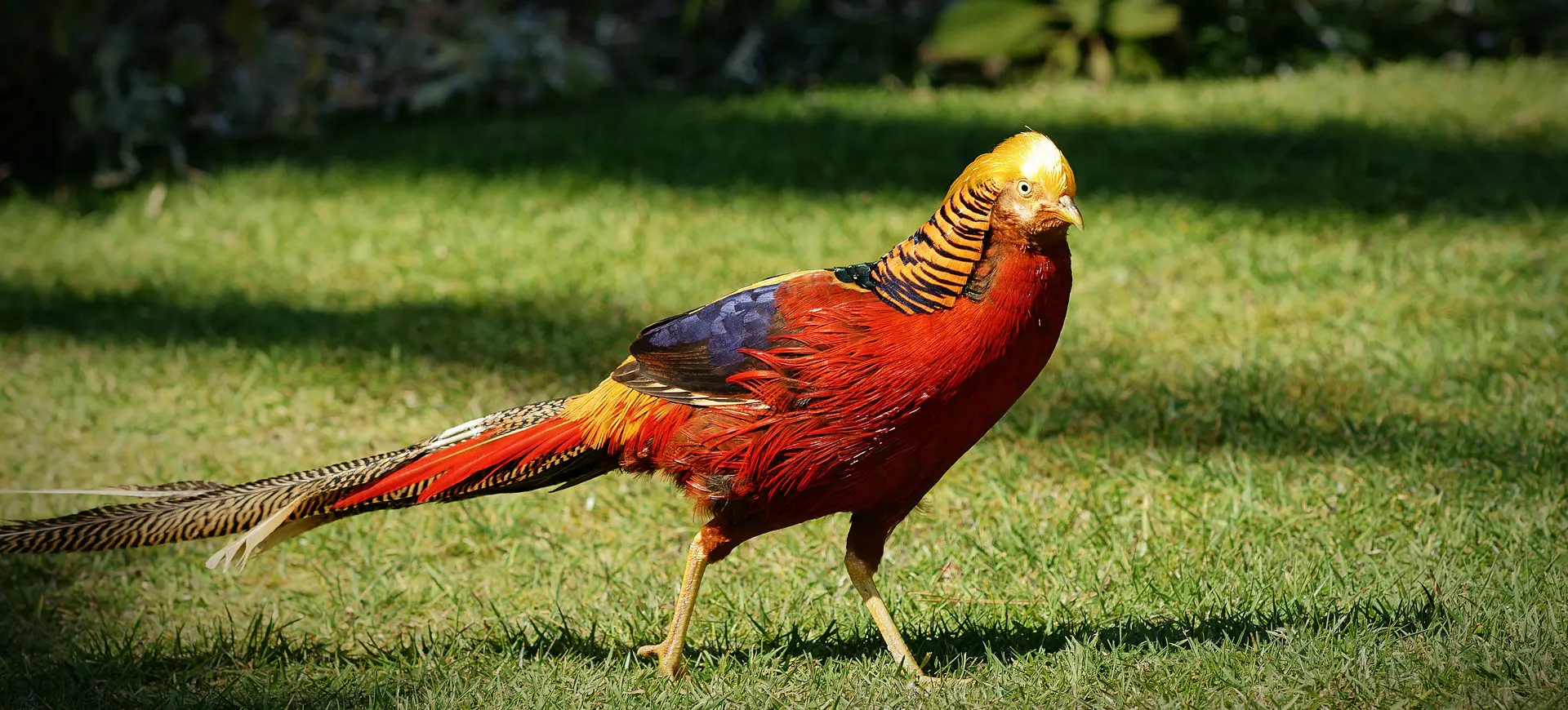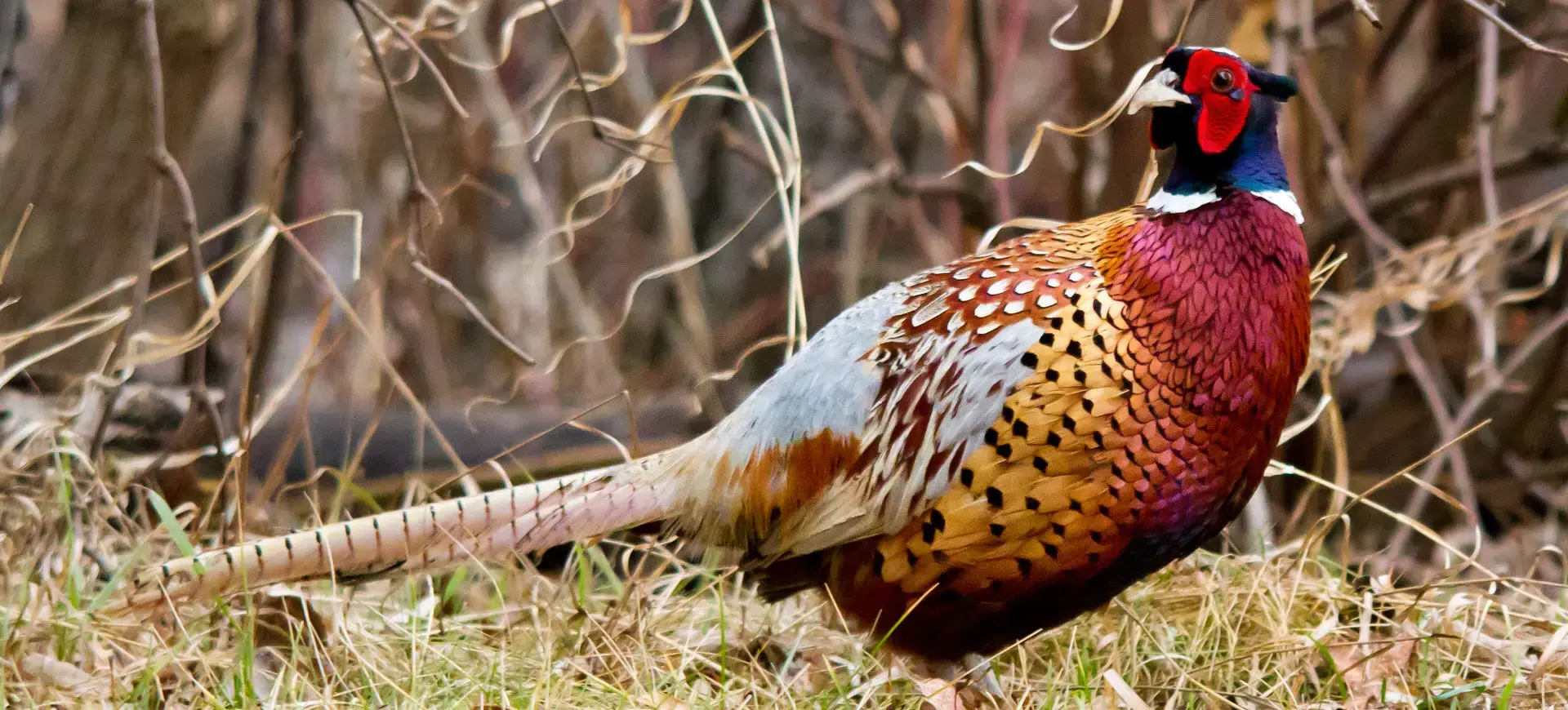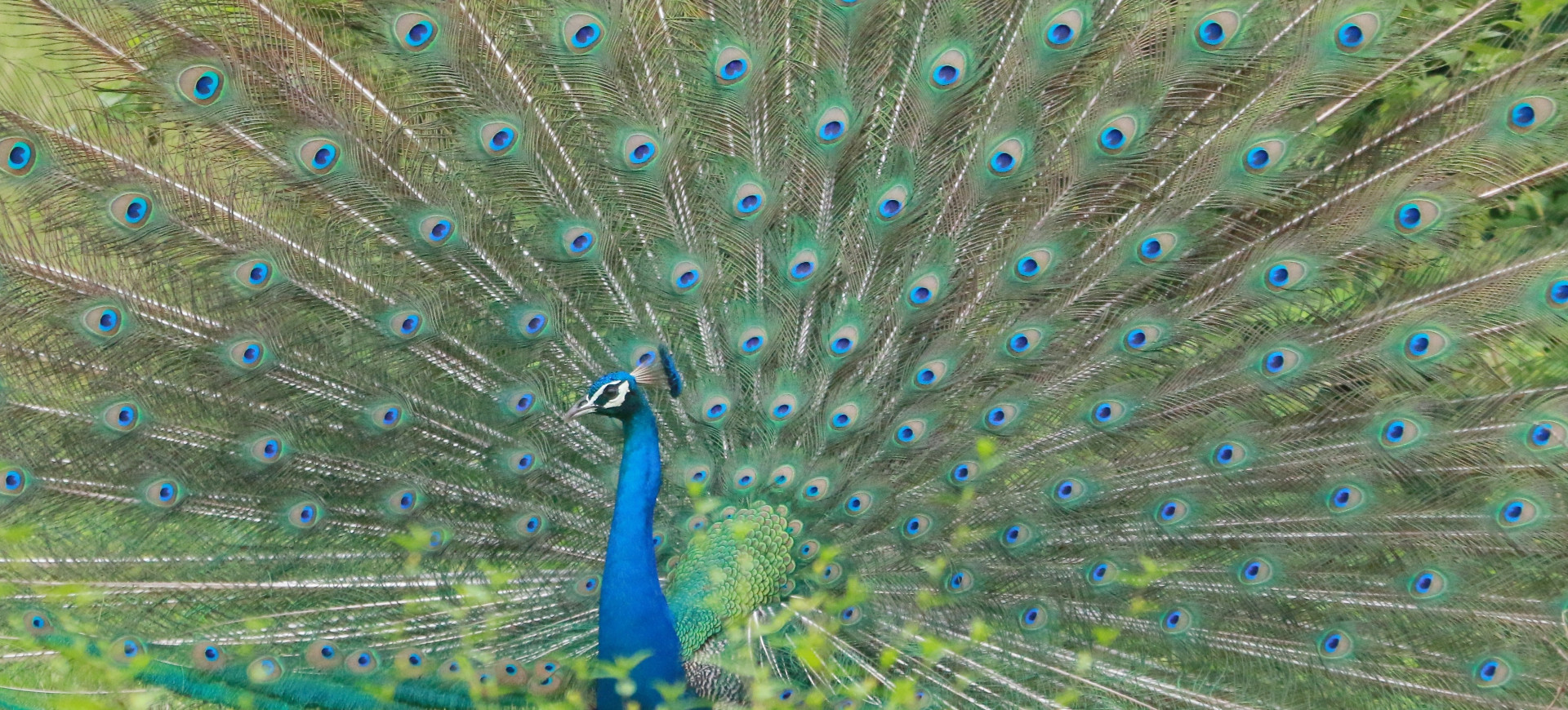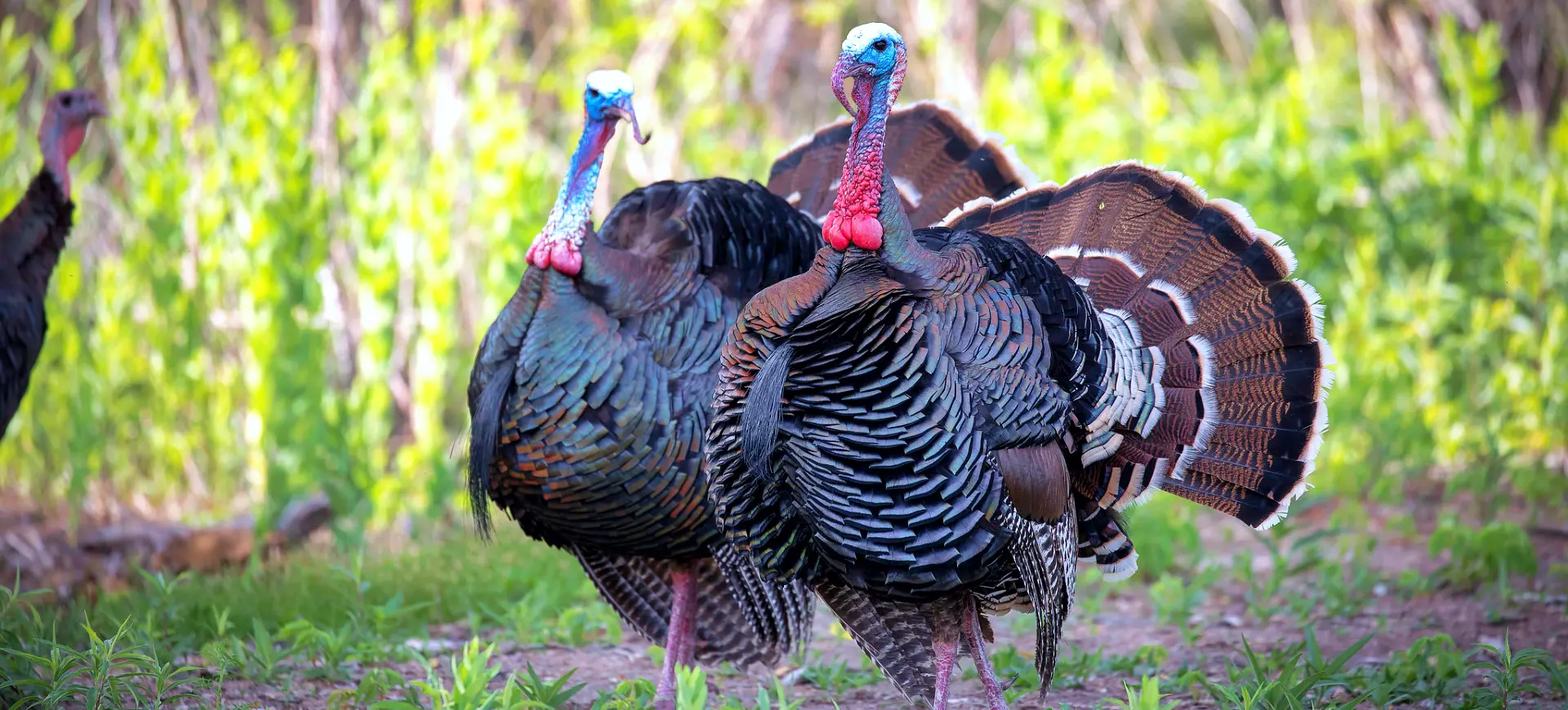Overview
Chickens (Gallus domesticus) are domesticated birds originally derived from wild junglefowl species in Southeast Asia. They are one of the most widespread domestic animals, with a global population of over 25 billion. Chickens are primarily raised for their meat and eggs, but they also serve as pets, show animals, and as a source of natural pest control. They have a significant role in human cultures worldwide, symbolizing fertility and bravery.
Chickens display various breeds, sizes, colors, and patterns, reflecting their long history of selective breeding. They are generally categorized into layers, broilers, and dual-purpose breeds. Layers are bred for high egg production, broilers for rapid meat production, and dual-purpose breeds for a balance of both. Chickens have a well-developed social structure known as the “pecking order,” which establishes hierarchy and social standing within a flock.
The domestication of chickens dates back at least 5,000 years and possibly much earlier. They have been a part of human civilization for millennia, contributing to agriculture, traditions, and even religion. Today, chickens are found in virtually every part of the world, adapting to various environments and living in rural and urban settings.
Taxonomy
Kingdom
Phylum
Class
Order
Family
Genus
Species
Type
Physical Description:
Chickens vary widely in appearance based on breed, but most have a common body structure. They have a rounded body, a relatively small head with a short beak, and a pair of wings. Despite having wings, most chicken breeds are not capable of sustained flight. Their legs are strong and suited for scratching and walking on the ground. Chickens usually have a set of wattles and a comb on their head, which can vary in color and size among breeds and are more prominent in roosters.
The plumage of chickens is one of their most diverse traits. It can come in various colors, patterns, and textures, including solid, speckled, laced, and barred. Some breeds have feathers that are silky or frizzle with a curled appearance. Roosters typically have more extravagant plumage and longer tail feathers than hens. Size can vary significantly among breeds, with bantam varieties being particularly small and others like the Jersey Giant being quite large.

Lifespan: Captivity: ~10 Years

Weight: Male & Female: 1.5-8 lbs (0.7-3.6 kg)

Length: Male & Female: 12-24 inches (30-60 cm)

Height: Male & Female: 10-30 inches (25-76 cm)

Wingspan: Male & Female: 23.6-35.4 inches (60-90 cm)

Top Speed: 9 mph (14.5 km/h)
Characteristic:
Native Habitat:
Chickens, as we know them today, were originally domesticated from the wild red junglefowl in Southeast Asia several thousand years ago. This domestication process gradually transformed their behavior, physical characteristics, and ability to thrive in various environments. Over centuries, these domesticated chickens spread across the globe, aided by human migration and trade. They have been selectively bred for various purposes, leading to the diverse range of breeds we see today, each suited to different climates and farming needs.
In their natural habitat, wild ancestors of domestic chickens, like the red junglefowl, prefer environments that offer a mix of open areas and dense cover. These areas typically include the edges of forests, clearings, and areas of dense undergrowth. Such habitats provide ample opportunities to forage for a diverse diet of seeds, insects, and small animals, while the cover offers protection from predators. This preference for a mixed environment has been somewhat retained in domesticated chickens, particularly free-ranged chickens.
Climate Zones:
Biomes:
WWF Biomes:
Biogeographical Realms:
Continents:
Countries:
Diet:
Diet & Feeding Habits:
Chickens are omnivorous and have a diverse diet that includes seeds, insects, small animals, and various plant materials. They are known for their foraging behavior, scratching the ground to uncover food. In domestic settings, their diet is often supplemented with commercial poultry feed, providing balanced nutrition for their health and productivity.
In free-range environments, chickens can feed on a wider variety of natural foods, improving the nutritional quality of their eggs and meat. They play a role in pest control by eating insects and can impact local ecosystems through their foraging activities. Proper nutrition is essential for their growth, egg production, and overall health.
Mating Behavior:
Mating Description:
Chickens have a polygynous mating system, with a dominant rooster mating with multiple hens in a flock. Roosters perform courtship behaviors such as tidbitting (offering food) and dancing to attract hens. They also protect their flock, alerting hens to food and potential dangers.
Hens lay eggs almost daily when conditions are favorable, and they can become broody, incubating eggs until they hatch. The gestation period for chicken eggs is about 21 days. Artificial incubation is commonly used in domestic settings to hatch eggs, especially in large-scale poultry operations.
Reproduction Season:
Birth Type:
Pregnancy Duration:
Female Name:
Male Name:
Baby Name:
Social Structure Description:
Chickens are highly social birds that form complex social structures within their flocks. A clear pecking order is established, determining access to food, nesting sites, and mating opportunities. This hierarchy helps to maintain order and reduce conflict within the flock.
Chickens communicate with vocalizations and body language, such as clucking, crowing, and posturing. This communication is essential for social interactions, warning of predators, and establishing social bonds within the flock. Social interactions are important for their well-being, particularly in free-range or backyard settings where they can exhibit more natural behaviors.
Groups:
Conservation Status:
Population Trend:
The global chicken population, exceeding 25 billion, ranks them among the most numerous domestic animals. This staggering number is primarily a result of the high demand for chicken products, especially meat and eggs, which are staples in diets worldwide. The poultry industry has seen significant growth and intensification in response to this demand, especially in industrial farming settings. Here, chickens are selectively bred for desirable traits such as rapid growth rates in broiler chickens and high egg production in laying hens. These specialized breeding practices have led to an increase in chicken numbers, as well as improvements in production efficiency to meet the global demand.
However, the focus on specific traits like rapid growth or enhanced egg production has also led to a high turnover rate in the chicken population. In these industrial settings, chickens often have a short lifespan, being raised for a specific production purpose and then culled. This cycle contributes to the continuously high numbers of chickens globally and raises concerns about such intensive farming practices’ sustainability and ethical aspects. The impact on genetic diversity, animal welfare, and environmental sustainability are key considerations in the ongoing dialogue about the future of chicken farming and the global food system.
Population Threats:
Chickens raised in intensive farming environments are susceptible to various threats that can significantly impact their health and well-being. One of the primary concerns is the risk of disease outbreaks, which can spread swiftly in the close quarters of commercial poultry operations. The high density of birds in these settings facilitates the rapid transmission of infectious diseases, such as avian influenza and Newcastle disease. Also, selective breeding practices that enhance traits like fast growth or high egg production can lead to genetic issues. These issues include increased susceptibility to diseases, reduced genetic diversity, and physical problems related to rapid growth rates, such as skeletal and cardiovascular disorders.
Another significant concern in intensive chicken farming is the welfare of the birds. Often, chickens are kept in cramped conditions that restrict natural behaviors like foraging and dust bathing, leading to stress and aggression. Moreover, the overuse of antibiotics in poultry farming, aimed at preventing disease spread and promoting growth, poses a risk to the chickens and public health. This practice can lead to the development of antibiotic-resistant bacteria, which can be transferred to humans through the food chain. Ensuring adequate welfare conditions and responsible use of antibiotics are crucial for maintaining healthy and productive chicken populations and safeguarding public health.
Conservation Efforts:
Conservation efforts for chickens are increasingly centered around preserving heritage breeds, which are crucial for maintaining the species’ genetic diversity. Heritage breeds often possess unique traits, such as resistance to certain diseases or adaptability to specific environmental conditions, that are valuable for the resilience of the global chicken population. In addition to preserving these genetic lines, there is a growing focus on promoting sustainable and ethical farming practices. This includes advocating for better living conditions for chickens, such as more space, outdoor access, and opportunities to engage in natural behaviors. These practices not only improve the welfare of the chickens but also often result in higher-quality meat and eggs, meeting the demands of consumers increasingly concerned about animal welfare and food quality.
Organizations and breed associations play a pivotal role in these conservation efforts. They work diligently to register, protect, and promote heritage chicken breeds, ensuring their survival for future generations. By educating farmers and the public about the value of these breeds and the importance of sustainable farming practices, these organizations help to create a market for heritage breed products. This, in turn, encourages farmers to raise these breeds, thereby supporting their conservation. These organizations also advocate for policy changes to improve chicken welfare and reduce the environmental impact of poultry farming, pushing the industry towards more responsible and sustainable practices.
Additional Resources:
Fun Facts
- Chickens can remember over 100 individual faces, including those of humans.
- They have a sense of time and can anticipate future events, like the arrival of their human caretakers.
- Chickens can dream as they experience REM (rapid eye movement) sleep.
- The chicken is the closest living relative to the Tyrannosaurus rex.
- Some breeds of chickens can lay eggs with shells in different colors, including blue, green, and even pink.
- The fear of chickens is called Alektorophobia.
- Chickens have been sent into space; the first feathered astronaut was a rooster aboard a French rocket in 1967.
- In Gainesville, Florida, eating chicken with a fork is illegal.
- The longest recorded flight of a chicken is 13 seconds.
- A hen can lay more than 300 eggs per year.





